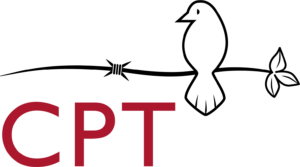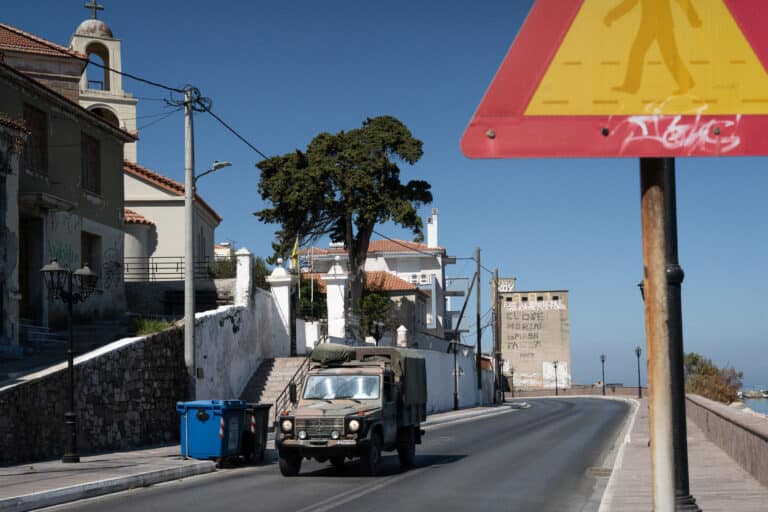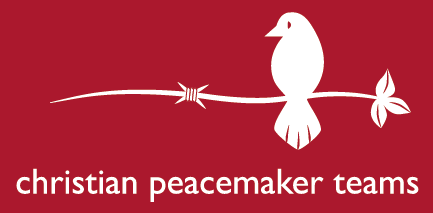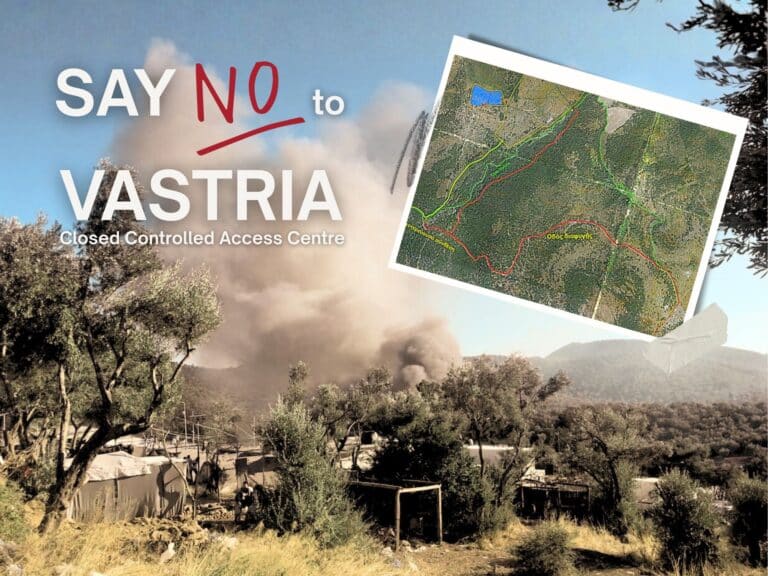CPTnet
9 December 2012
AL KHALIL (HEBRON): An unholy day
On Sundays back home, I sleep in, have a leisurely breakfast
and take a beautiful, ten-minute walk along the lake shore to my local church.
A heron perched on a rock often peers at me as I go by. Then I walk through a
wonderful field of bluebells, or daffodils, depending on the season. As I walk
the rocky path up through the fields I hear the bell toll and pass through a
kissing gate before I enter through the grand church doors where the welcomer
greets me with a handshake. Then I go and find my place on a pew. After the
service the congregation gathers for coffee and biscuits. This ritual helps me
keep my day of rest and prayer and reminds me of God’s goodness.
Friday is the Muslim Holy day. The main prayer is at around
11:30 a.m. at the beautiful Ibrahimi Mosque. The call to prayer is as holy as
the tolling bells in my home church. The journey these worshipers must go
through every Friday though is very different from my journey to church.
 |
First of all, worshipers pass through a checkpoint with a turnstile on either side and a metal detector in the middle. Men young and old must take out keys and money from their pockets and remove their belts to go through. Women often have their bags searched. It is not unusual for the Israeli military (IDF) to let only one person through at a time; the queue then stretches to the market. People can be queuing for over an hour.
   |
Even after the checkpoint, the border police can call you over, body search you again and often take your ID.
 |
Armed soldiers and border police are everywhere. They often point their weapons directly at people, including women and children.
 |
|
After the checkpoint and bag and body searches, worshipers must pass through yet another checkpoint and metal detector.
 |
|
Worshipers leaving the Mosque after prayers must retrieve their
IDs, which have been taken and checked by the IDF. There is often another queue
here as the IDF return the IDs one by one.
Why do
worshipers have to go through all of this on their holy day? Because in this land,
the victims are often the ones to be punished. In 1994 Baruch Goldstein entered
this mosque and killed
29 muslims whilst they were praying. The Mosque was then closed for several
months. When it reopened it had been divided into two parts, a synagogue and a
mosque. Now Muslim worshipers pass through two checkpoints and a body search,
have their ID checked and wait for its return. On the Synagogue side there are
no checkpoints. There is a metal detector; however, we often see Jewish settlers
coming down Worshipers Way, the road to the synagogue, with guns across their
shoulders. The guns remain with them as they enter the synagogue gardens.
After the massacre this double standard treatment seems unfair.
Can
you imagine going through this tiresome ordeal every week to be able to
worship?



